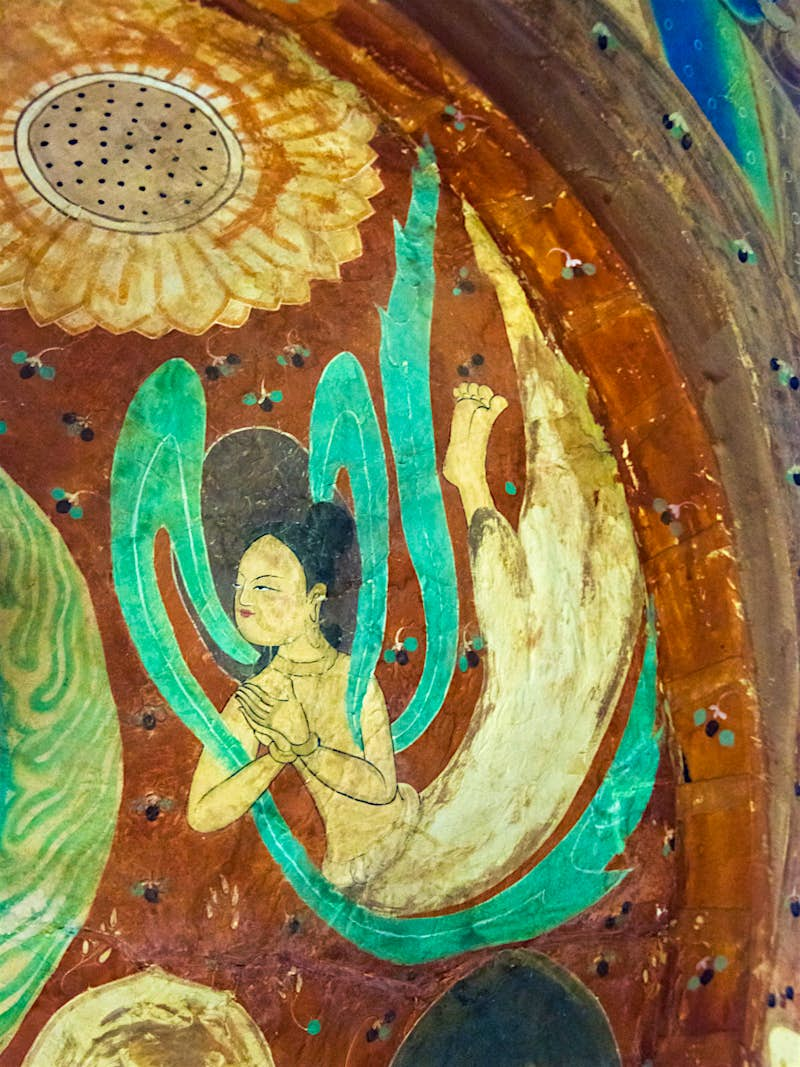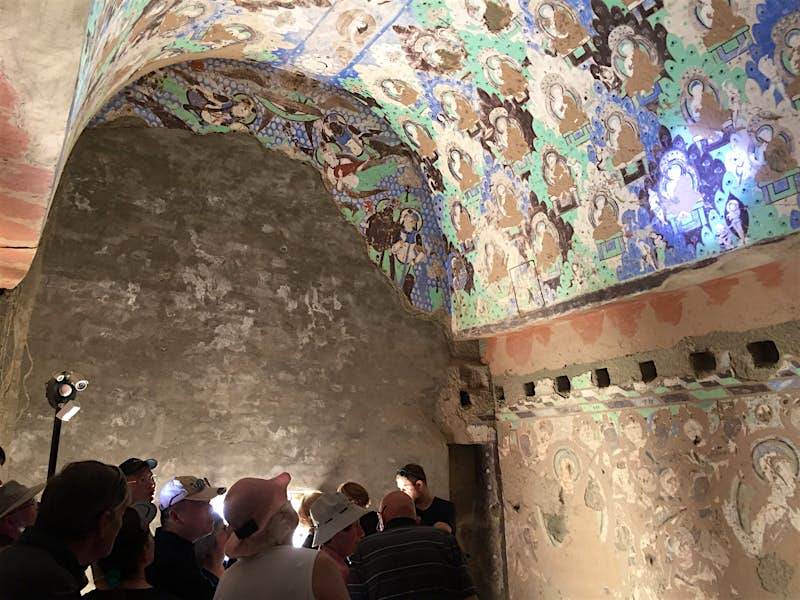
Buddhism was founded by Siddhartha Gautama more than 2500 years ago in India. Although born as a prince, Siddhartha Gautama (later known as Buddha) renounced his luxurious lifestyle after seeing the suffering in the world. He meditated for many years under a Bodhi tree and learnt the true meaning of life. Gautama passed away in 483 BC and his followers started a religious moment which gave shape to Buddhism.
Ashoka, the Indian emperor of the Mauryan dynasty, converted to Buddhism in 263 BC, after waging a destructive war against the state of Kalinga. Under his patronage, Buddhism grew within India and outside it. He send Buddhist monks to Sri Lanka, Kashmir, the Himalayan princedoms and Greco-Bactria, and also to the Seleucids, the Ptolemies of Egypt and the Antigonids of Greece. His Edicts which are found on many pillars in modern day India and Pakistan provide rich information on the King’s philosophy and his role in spread of Buddhism. In fact, the Edict at Kandahar in South East Afghanistan is bilingual in Greek and Aramaic. A century after Ashoka, Buddhism was well respected and found patronage in many Indo-Greek and Indo-Saka kings.
A Buddhist legend says that Buddha himself had chosen two merchants from Balkh as his first disciples who created the first Stupa. There is ample archaeological evidence of the influence of Buddhism in Central Asia and China.
Under the Kushans, trade flourished and so did Buddhism which often followed the footsteps of the trade caravans. At the end of the 1st century BC, Buddhist monks had established a monastery in Termez on the north banks of the river Oxus. In the 1st half of the 1st century AD, Kujula Kadhphises developed Termez into a commercial metropolis and the city was a base from which Buddhist missions went to Eastern Turkestan and then China. The Kushans imperial temple was probably at the great cave complex of Kara Tepe, with many temples and Stupas. Another Stupa is at Zurmala and Fayaz Tepe.
Kanishka I (127-151 AD) is honoured as a great patron of the religion. During this period, the Buddhist texts in Kharosthi script were translated into Sanskrit written in the Brahmi script. As a result, this Buddhist hybrid Sanskrit written in Brahmi became the favoured language along the Silk Roads of Central Asia.
The Buddhist ruins in the form of monasteries, stupas, caves and wall paintings have been found in present day Uzbekistan, Afghanistan, Pakistan and Western China to name a few. The art form in these monasteries is influenced by Greek hellenistic traditions as well as Indian art form. Buddhism appealed to the urban merchants and travellers. In fact, many monasteries served as resting places for travellers.
One of the most interesting discovery was in Xinjiang, China. Aurel Stein in 1900-01 discovered cave complexes in the Taklamakan desert region. He discovered clay statutes and wooden tablets. At Mogao near Dunhuang, he discovered a hidden library with almost 50,000 manuscripts. At Koh-i-Khwaja in easternmost Iran, he discovered ruins of a Buddhist sanctuary with fragmented paintings of Sassanid period (224-651). Notable among these were wall paintings of a bearded, aristocratic man, most likely the hero Rustam of Sistan (I have written a blog on him earlier). It is interesting how Buddhist art forms merged with Iranian lore in these spectacular findings.
There are many Buddhist references in Persian Literature which also provide evidence of Islamic–Buddhist cultural contact. Persian poetry often used the simile for palaces that they were “as beautiful as a Nowbahar [Nava Vihāra].” Nava Vihara was an ancient monastery near Balkh in present day Afghanistan. Further, at Nava Vihāra and Bamiyan, Buddha images had ‘moon discs’ or halo iconographically represented behind or around their heads. This led to the poetic depiction of pure beauty as someone having “the moon-shaped face of a Buddha.”

Feitian, or Flying Apsaras (cloud spirits) are a defining element in the Buddhist caves at Mogao © Keren Su / Getty Images

Visitors inspect the colourful murals inside the Kizil Buddhist caves in Xinjiang © Tess Humphrys / Lonely Planet

References:
- Ashoka, the search for India’s lost emperor by Charles Allen
- The History of Central Asia- The Age of the Silk Roads by Christoph Baumer


7 comments
What a smooth flow into the history. Well researched and articulated with amazing clarity. Best wishes for more such sharing of knowledge. Grateful indeed
Thank you so much, for your kind and encouraging words. Glad u enjoyed reading!
Eloquent and comprehensive coverage of so many years of history in limited words .
Very well covered . waiting for further articles
Thank you so much. Glad you enjoyed reading it!
Don’t mistake Xinjiang as China okay. Xinjiang was itself an Ethnic with long and great histories but became under China’s control only few decades ago.
In depth research supported by sequence of Time and Locations in presenting is worth appreciation. Wish more of such in future. Thanks
Thank you so much for the feedback and encouraging words!